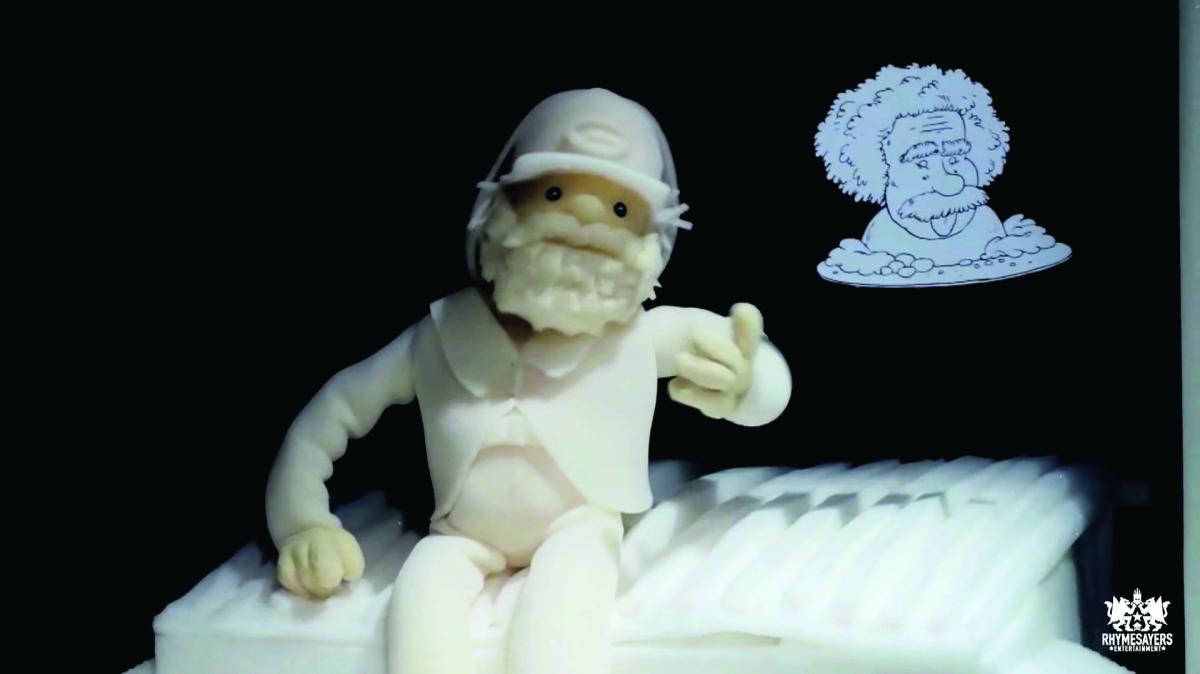
Rapping a Message with Simplicity
When it comes to understanding media, many people are in a race to study the content of a particular work. They’ll study the lyrics, the dialogue, the sets, the props, the stunts, the actions, the clothing – all the things that are manipulated in order to get a message across. But people often forget to study the medium, in our case the form of the video clip itself, which can speak volumes. A commentary on the music video «Whales» by Hail Mary Mallon from a Pakistani perspective. From the Norient book Seismographic Sounds (see and order here).
Imagine if this video by Hail Mary Mallon had been made with a huge budget, an expensive cinematographer, celebrities, and state of the art lighting and art direction to show two homeless men singing this song. The real message would have been lost on us because the irony of money being spent to show that there is no money would have been too silly for us to take seriously. Instead, what you have in this piece is animated clay models that don’t even have color; everything is white. Clearly, it was a conscious decision to make the production look like this to add to the point of the song, but it is possible the producers of the video really do have «money on their mother******* minds» because they have none in their pockets. In any case, the point hits home. The hip hop industry is intensely conscious of money. To point out how everyone’s bat-shit crazy for money, the video creates irony in two key ways: through its medium and by using rap to make fun of itself.
Talking About Money in Pakistan
Rappers in Pakistan are much like the men in the video because singers/songwriters barely make any money. There aren’t any concerts or record labels that generate revenue for us. Therefore anyone involved in the hip hop industry is simply there because of their love for the music. However, perhaps one major difference between rap in Pakistan and anywhere else is that while most rappers are «fighting the system» and «sticking it to the man», tackling issues such as poverty, lack of education, and corrupt politicians, to name a few, we’re trying to do it without upsetting our parents. Pakistani parents are the biggest obstacle when you’re a rapper. As a teenager, it was very difficult for me to pursue my love for rap as my mother hated all the curse words her children were exposed to. So, she broke all our cassettes and CDs. I continued to secretly buy more CDs because what my mother didn’t understand then was the fact that I wasn’t listening to trash that only spoke about booze and sex and bling. I was listening to real rappers like 2Pac and Biggie who were tackling real issues, so it was okay if they threw in a swear word or two. Or ten. This was my way of pacifying my non-rebellious 15-year-old self.
Whether you swear or you don’t, or use a lot of money on your video or not, your rap should be able to grab somebody by the neck and make them pay attention. In my own rap, I use comedy to get the point across (see interview with the author here). «Whales» uses simplicity. It’s just two colorless, homeless men telling us how it is.
This text was published first in the second Norient book Seismographic Sounds.
Biography
Shop

Published on July 18, 2017
Last updated on April 30, 2024
Topics
Musicians need to pay rent and taxes. But their relationship to money is highly ambigious.
About fees, selling records, and public funding: How musicians strive for a living in the digital era.
From post-digital pop mocking the music history to Romanian folk music turning into a meme culture.